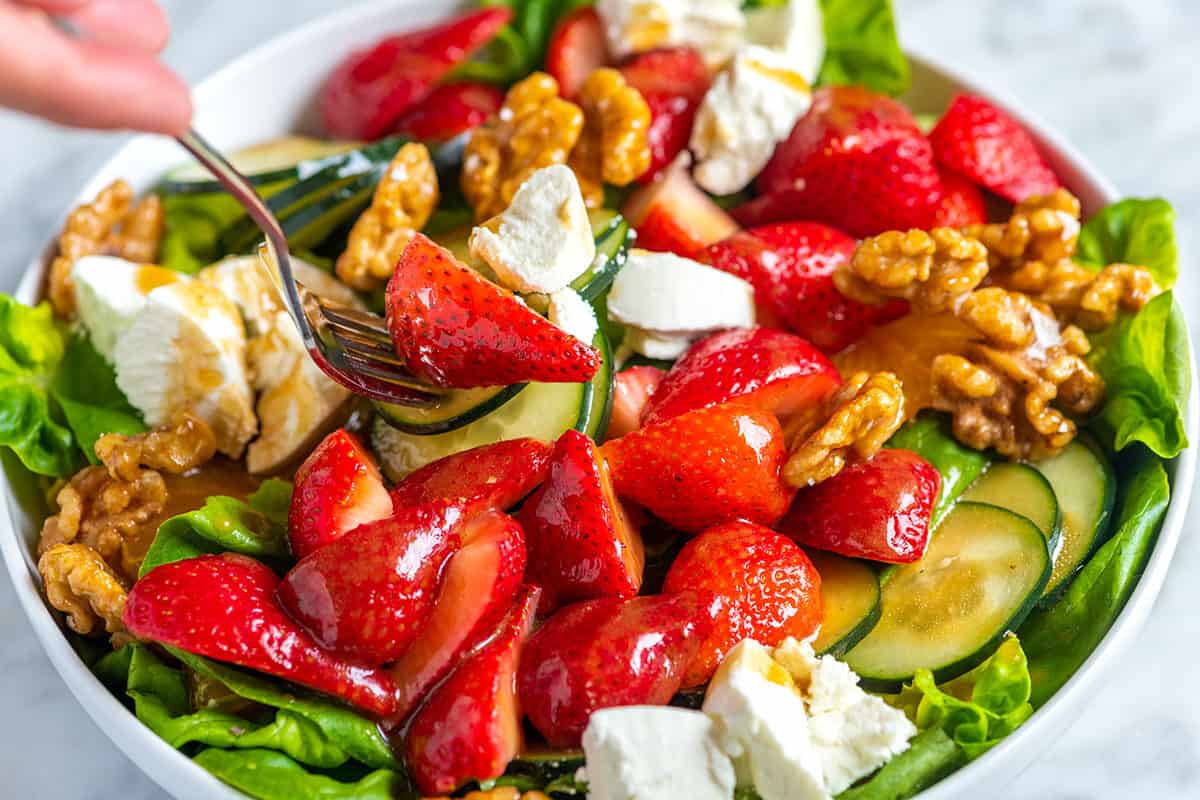The Science of Flavor Pairing: Unexpected Ingredients that Work Together
Dustin Hoffman May 20, 2024 0
Flavor pairing is an art and a science that goes beyond traditional culinary combinations. It involves understanding the chemical compounds that contribute to flavors and how they interact to create harmonious or surprisingly delightful tastes. In this blog, we’ll delve into the science behind why certain flavors pair well together, offer recipes that combine unconventional ingredients, and include insights from chefs and food scientists. Additionally, we’ll share feedback from taste tests conducted with readers and followers to provide a comprehensive exploration of flavor pairing.
Understanding the Science of Flavor Pairing
Flavor pairing is rooted in the idea that ingredients sharing key flavor compounds are likely to taste good together. These compounds, such as esters, terpenes, and aldehydes, can be identified through gas chromatography and mass spectrometry. When ingredients have overlapping compounds, they create a synergy that enhances the overall taste experience.
Key Concepts:
- Flavor Compounds: Chemical compounds responsible for distinct tastes and aromas.
- Molecular Compatibility: The degree to which the flavor compounds in different ingredients complement each other.
- Contrast and Complementarity: Balancing contrasting flavors (e.g., sweet and sour) and complementing similar ones (e.g., nutty and earthy).
Recipes Featuring Unconventional Flavor Pairings
- Chocolate and Blue Cheese
Recipe: Chocolate Blue Cheese Truffles
Ingredients:
- 200g dark chocolate (70% cocoa)
- 50g blue cheese
- 100ml heavy cream
- Cocoa powder for dusting
Instructions:
- Melt the dark chocolate in a heatproof bowl over simmering water.
- In a separate pan, heat the cream until just boiling, then pour it over the melted chocolate. Stir until smooth.
- Crumble the blue cheese into the mixture and blend until fully incorporated.
- Chill the mixture in the refrigerator until firm.
- Roll into small truffles and dust with cocoa powder.
Why It Works: The creamy, tangy blue cheese enhances the rich, bitter notes of dark chocolate, creating a complex and indulgent flavor experience.
- Strawberries and Balsamic Vinegar
Recipe: Strawberry Balsamic Salad
Ingredients:
- 1 cup fresh strawberries, sliced
- 2 cups mixed greens
- 1/4 cup crumbled feta cheese
- 2 tbsp balsamic vinegar
- 1 tbsp honey
- 2 tbsp olive oil
- Salt and pepper to taste

Instructions:
- Combine the balsamic vinegar, honey, olive oil, salt, and pepper to make the dressing.
- Toss the mixed greens, strawberries, and feta cheese in a large bowl.
- Drizzle the dressing over the salad and serve immediately.
Why It Works: The acidity of balsamic vinegar accentuates the sweetness of strawberries, while the creamy feta adds a savory contrast, making this combination both refreshing and satisfying.
- Watermelon and Feta Cheese
Recipe: Watermelon Feta Skewers
Ingredients:
- 1 small watermelon, cut into cubes
- 1 block of feta cheese, cut into cubes
- Fresh mint leaves
- Skewers
Instructions:
- Thread watermelon cubes, feta cheese cubes, and mint leaves onto the skewers.
- Serve chilled as a refreshing appetizer.
Why It Works: The juicy sweetness of watermelon pairs perfectly with the salty, creamy feta cheese. The mint adds a fresh, aromatic note that ties the flavors together.
Insights from Chefs and Food Scientists
Interview with Chef Sarah Thompson
Question: What draws you to experiment with unconventional flavor pairings?
Chef Thompson: “I believe that exploring unconventional flavor pairings can lead to culinary innovation. It’s about creating a sensory experience that surprises and delights. Understanding the science behind flavor compounds allows me to experiment confidently and create dishes that push boundaries.”
Interview with Food Scientist Dr. Michael Lee
Question: How does science inform your approach to flavor pairing?
Dr. Lee: “Science provides a foundation for understanding why certain flavors work well together. By analyzing the chemical composition of ingredients, we can predict successful pairings and create new, exciting combinations. It’s about harnessing molecular gastronomy to enhance traditional culinary practices.”
Taste Tests and Reader Feedback
To gather real-time feedback, we conducted taste tests with our readers and followers. Here are some highlights:
- Chocolate Blue Cheese Truffles
- Feedback: “Surprisingly good! The sharpness of the blue cheese cuts through the richness of the chocolate, creating a unique and enjoyable flavor.”
- Rating: 8/10

- Strawberry Balsamic Salad
- Feedback: “The balsamic dressing really brings out the sweetness of the strawberries. The feta adds a nice salty touch. Perfect for a summer meal.”
- Rating: 9/10
- Watermelon Feta Skewers
- Feedback: “Refreshing and delicious! The combination of sweet watermelon and salty feta is amazing. The mint adds a great finish.”
- Rating: 9.5/10
Conclusion
The science of flavor pairing opens up a world of culinary possibilities, allowing us to explore and enjoy unexpected yet delightful combinations. By understanding the chemical compounds that create flavors and leveraging insights from chefs and food scientists, we can create unique and memorable dishes. Whether you’re a home cook or a professional chef, experimenting with unconventional flavor pairings can elevate your culinary creations and offer a fresh, exciting dining experience. Try out these recipes and discover the magic of flavor pairing for yourself!















